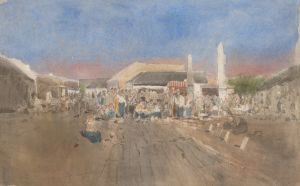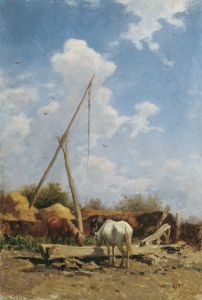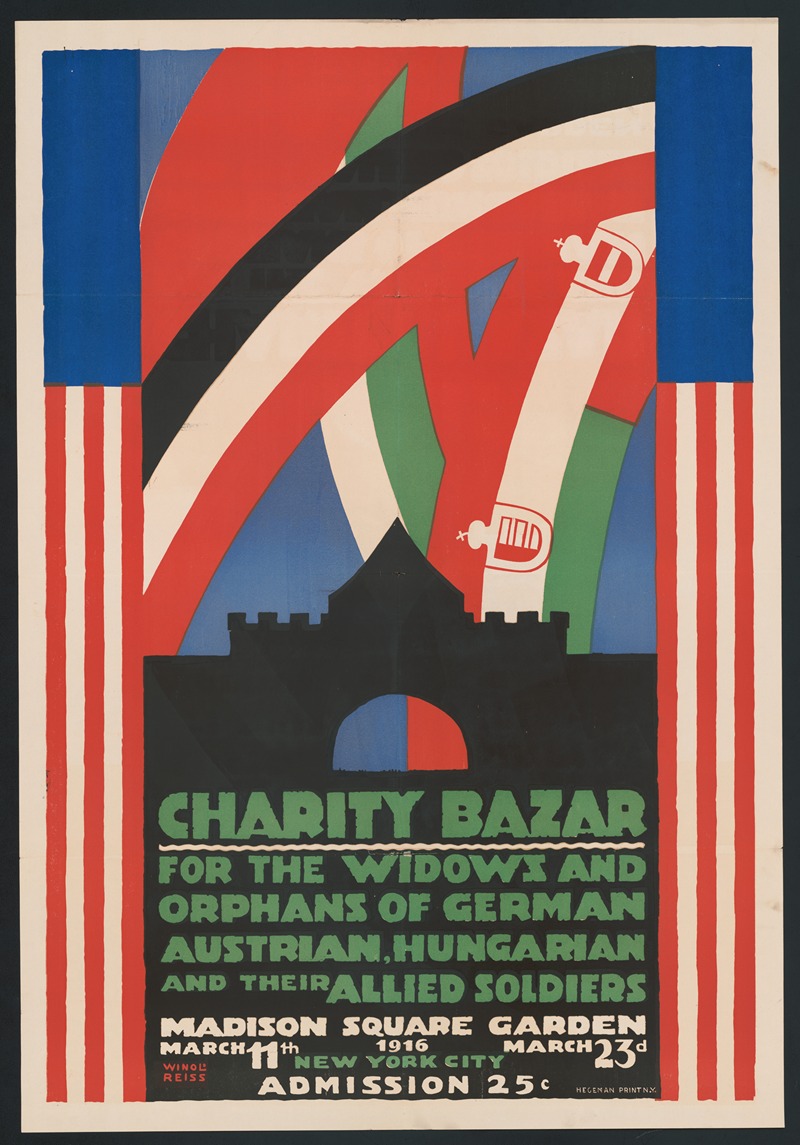
Posters for Charity Bazar [i.e. Bazaar] for the widows and orphans of German, Austrian, Hungarian and their allied soldiers, March 23rd, 1916, New York, NY
A hand-painted replica of Winold Reiss’s masterpiece Posters for Charity Bazar [i.e. Bazaar] for the widows and orphans of German, Austrian, Hungarian and their allied soldiers, March 23rd, 1916, New York, NY, meticulously crafted by professional artists to capture the true essence of the original. Each piece is created with museum-quality canvas and rare mineral pigments, carefully painted by experienced artists with delicate brushstrokes and rich, layered colors to perfectly recreate the texture of the original artwork. Unlike machine-printed reproductions, this hand-painted version brings the painting to life, infused with the artist’s emotions and skill in every stroke. Whether for personal collection or home decoration, it instantly elevates the artistic atmosphere of any space.
Winold Reiss, a German-born artist known for his vibrant and diverse artistic contributions, created the artwork titled "Posters for Charity Bazaar for the Widows and Orphans of German, Austrian, Hungarian and their Allied Soldiers, March 23rd, 1916, New York, NY." This piece was part of a charitable initiative during World War I, aimed at supporting the families of soldiers from the Central Powers, which included Germany, Austria-Hungary, and their allies.
Reiss was born in 1886 in Karlsruhe, Germany, and emigrated to the United States in 1913. His artistic style was influenced by his European training and his exposure to various cultures in America. Reiss is particularly noted for his portraits and his ability to capture the essence of diverse subjects, ranging from Native Americans to African Americans, and immigrants in the United States.
The charity bazaar held on March 23, 1916, in New York City was a significant event organized to raise funds for the widows and orphans affected by the war. During this period, the United States had not yet entered World War I, and there were various communities within the country with ties to the nations involved in the conflict. The event was one of many efforts by expatriate communities to provide relief to those suffering overseas.
Reiss's poster for the charity bazaar would have served both as an advertisement for the event and as a piece of art that encapsulated the spirit of the cause. While specific details about the design of this particular poster are not extensively documented, Reiss's work often featured bold colors, dynamic compositions, and a blend of traditional and modern elements. His posters were known for their ability to attract attention and convey messages effectively, which would have been crucial for a fundraising event.
The choice of Reiss as the artist for this poster reflects his reputation and skill in creating compelling visual narratives. His work was not only artistically significant but also socially relevant, as it often engaged with contemporary issues and contributed to cultural dialogues.
The charity bazaar itself would have included various activities, sales, and exhibitions designed to engage the public and encourage donations. Events like these were common during the war, as they provided a way for people to contribute to humanitarian efforts while also fostering a sense of community and solidarity.
Overall, Winold Reiss's involvement in creating the poster for the 1916 charity bazaar highlights his role as an artist who was engaged with the social issues of his time. His work for this event is a testament to the power of art to support humanitarian causes and bring attention to important social issues.





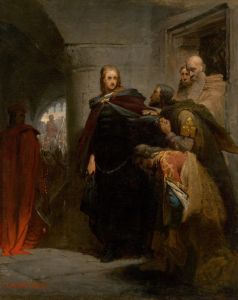
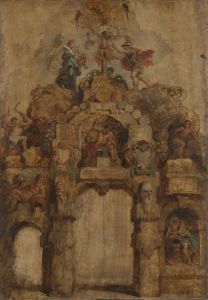
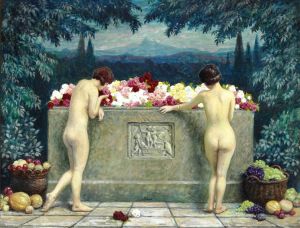

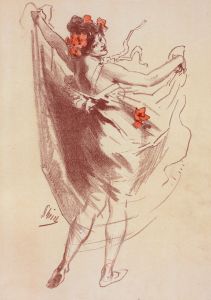
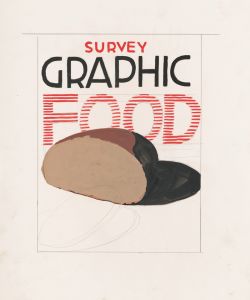
![Designs for the Puck Theater , New York, NY.] [Exterior perspective study](/imgs/249327/s/winold-reiss-designs-for-the-puck-theater-new-york-ny-exterior-perspective-study-df16fd5a.jpg)
![Drawings for proposed decorations of Mike Lyman’s Restaurant, 424 W. Sixth St., Los Angeles, CA.] [Drawing #7, playroom elevation L and bar elevation M](/imgs/249338/s/winold-reiss-drawings-for-proposed-decorations-of-mike-lymans-restaurant-424-w-sixth-st-los-angeles-ca-drawing-7-playroom-elevation-l-and-bar-elevation-m-f9ee50d2.jpg)
![Graphic design drawings for Barricini Candy packages.] [3-D Study for 6 rectangular boxes](/imgs/249345/s/winold-reiss-graphic-design-drawings-for-barricini-candy-packages-3d-study-for-6-rectangular-boxes-2f81667e.jpg)
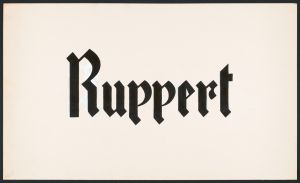
![Interior designs for screens and ceilings.] [Drawing of plans, elevation, and details](/imgs/249429/s/winold-reiss-interior-designs-for-screens-and-ceilings-drawing-of-plans-elevation-and-details-228c6d94.jpg)
![Studies of New York Coliseum, Columbus Circle, Convention Center.] [Color study perspective](/imgs/249444/s/winold-reiss-studies-of-new-york-coliseum-columbus-circle-convention-center-color-study-perspective-9184607e.jpg)
